When giving birth to your child, you expect a healthy baby. Injuries related to birth are the last of your worries. Sadly, birth-related injuries due to medical malpractice are not uncommon. Around 6-8 deliveries out of every 1,000 live births result in a traumatic birth injury. Traumatic birth injuries are also the cause of around 2% of all neonatal deaths. If you or your child has sustained any birth-related injuries due to the negligence of medical professionals, contact a personal injury attorney and schedule a free initial consultation today.
What are birth injuries?
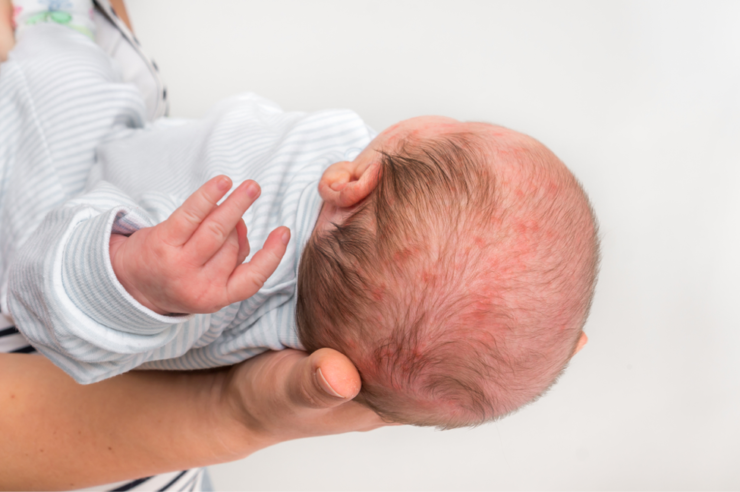
Newborn babies are incredibly fragile. Sometimes, babies can sustain injuries simply as a result of being born. This is called birth trauma or birth injury. During the birth process, the mother can also sustain some birth-related injuries.
What are the common causes of birth injuries?
Babies can experience birth trauma or birth injuries due to difficulties during the delivery, which happens due to the baby’s size or position. Some of the causes of difficulties during childbirth are:
- Macrosomia, or large babies, usually occurs when the infant is more than 8 lbs.
- Premature birth is usually when babies are born before 37 weeks.
- Cephalopelvic disproportion, where the mother’s pelvis does not have the proper size and shape for the baby to be born vaginally
- Dystocia, or difficult delivery or labor
- Prolonged labor
- Abnormal birthing presentation
- Maternal obesity
- The use of tools such as a vacuum or forceps
- Excessive or abnormal pulling during delivery
What are the main categories of Traumatic Birth Injuries?
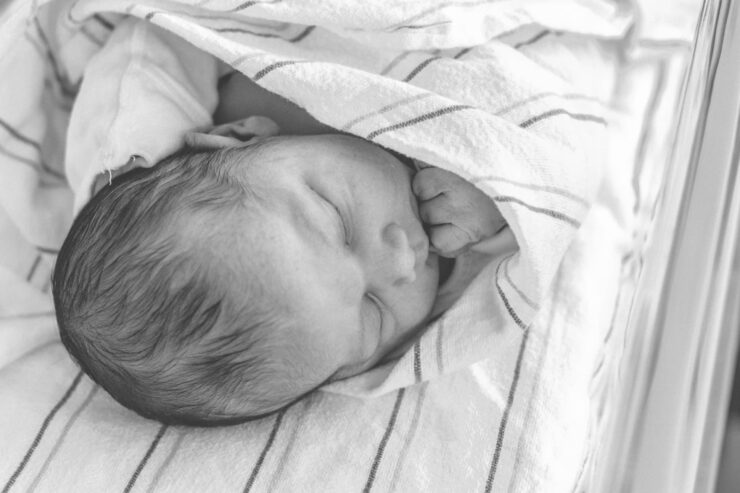
There are five main types of traumatic birth injuries, and all of the birth injuries sustained by the mother or child will fall under these categories. The five types of traumatic birth injuries are:
1. Brain injury, soft tissue injury, or intracranial hemorrhage
Bleeding that happens within the skull is called an intracranial hemorrhage. The different types of intracranial hemorrhage are:
- Hypoxic ischemic encephalopathy (HIE) – is also called birth asphyxia and is accused by a lack of oxygen or blood flow during the delivery or labor. HIE can cause physical and mental impairments, the severity of which depends on the lack of oxygen or blood flow.
- Cerebral hemorrhage – this is a stroke-like bleeding that occurs within the brain.
- Cephalohematoma – this is bleeding that occurs between the skull covering and the skull. This may be visible as a bump on the head and can be seen for up to two weeks to a few months.
- Intraventricular hemorrhage – the ventricular system is where the spinal fluid is produced, and bleeding in the ventricular system is called intraventricular bleeding. This usually occurs in premature deliveries and babies born with very low birth weights.
- Subdural hematoma or subdural hemorrhage – the area between the brain and the thin layer of tissue that separates the skull and the brain is called the subdural space. Bleeding in this area caused by a rupturing of the blood vessels is called subdural hematoma or subdural hemorrhage.
- Subarachnoid hemorrhage – the area between the covering surrounding the brain and the arachnoid membrane is called the subarachnoid space. Bleeding in this area is known as subarachnoid hemorrhage.
2. Peripheral nerve injury
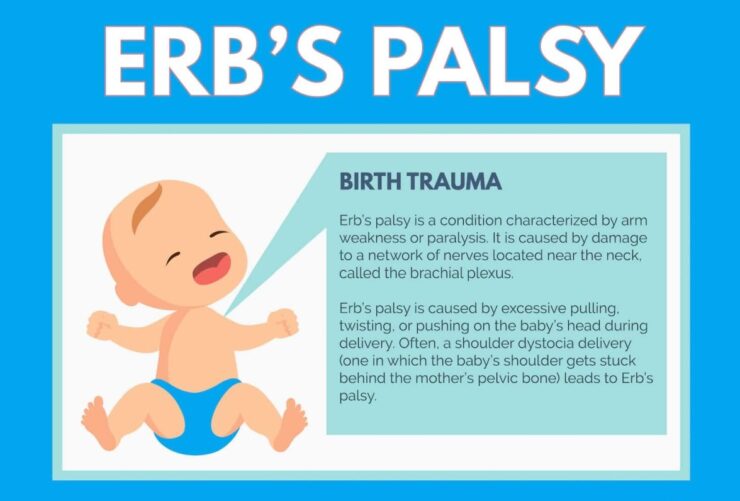
Peripheral nerve injury is also known as Erb’s Palsy. Any injury to the brachial plexus can cause Erb’s Palsy. The brachial plexus are the nerves that control the hands and arms, and these injuries can lead an infant to not be able to rotate or flex their arms and hands. Unless there is a torn nerve, this injury usually gets resolved independently.
3. Cranial nerve and spinal cord injury
Overstretching, improper pulling, or rotating of the baby during delivery can cause damage to the spinal cord or nerves. The two types of the spinal cord or cranial nerve injuries are:
- Spinal cord injury – injuries marked by respiratory failure, hemorrhages, and overall weakness.
- Facial nerve paralysis – caused by improper pressure to the face or improper use of forceps during delivery. Mild cases may be resolved independently, but severe cases may require surgery.
4. Bone injury
Shoulder dystocia births, breech deliveries, or large infants can often result in fractures. Some of the different types of fractures that can happen during birth are:
- Clavicle or collarbone fractures
- Long-bone fractures
- Bone-cartilage separations
5. Intra-abdominal injury
Intra-abdominal birth injuries are fortunately very rare. However, when they occur, the most damage is caused by hemorrhages. The liver is the most common organ affected by intra-abdominal birth injuries.
Most common birth injuries to the child
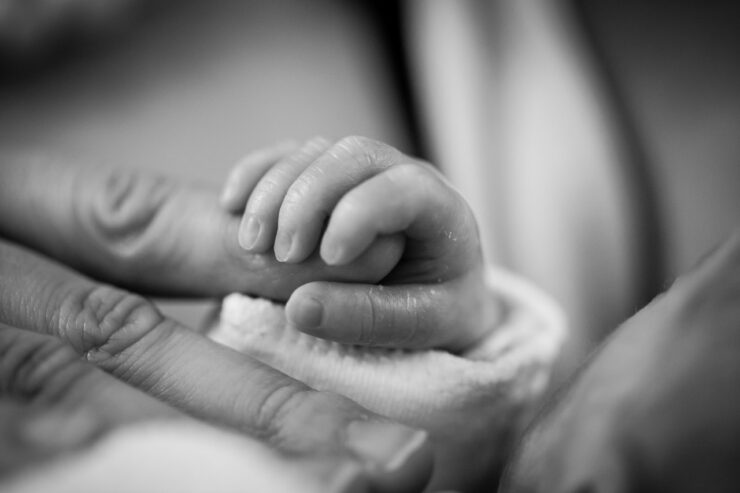
Some of the most common birth injuries are:
- Cerebral palsy
- Brachial palsy
- Facial paralysis
- Fractures and bruises
- Oxygen deprivation
- Forceps marks bruising
- Birth asphyxia
- Intracranial hemorrhage
- Cephalohematoma
- Caput Succedaneum
- Spinal cord injuries
Most common birth injuries to the mother
Some of the most common birth-related injuries to mothers are:
- Injuries to the perineal area
Injuries to the perineal area can include perineal trauma or episiotomy, nerve damage to the perineal area, and hemorrhoids.
- Injuries to the pelvic floor
Injuries to the pelvic floor can include damage to the pelvic muscles and pelvic organ prolapse – which can also cause bowel and bladder problems.
How can you prevent birth-related injuries?
Birth-related injuries are not easy to prevent. However, there are still some steps you can take during your pregnancy to reduce the chances of a birth-related injury:
- Doing pregnancy-safe exercises regularly.
- Doing pelvic floor exercises to strengthen your pelvic floor.
- Avoid straining your pelvic muscles, for example, due to constipation, as it can cause your pelvic muscles to weaken.
- A cesarean delivery can reduce many complications involved with birth injuries, but this is a huge surgery with its own set of risks.
Have you or your child sustained a birth-related injury?
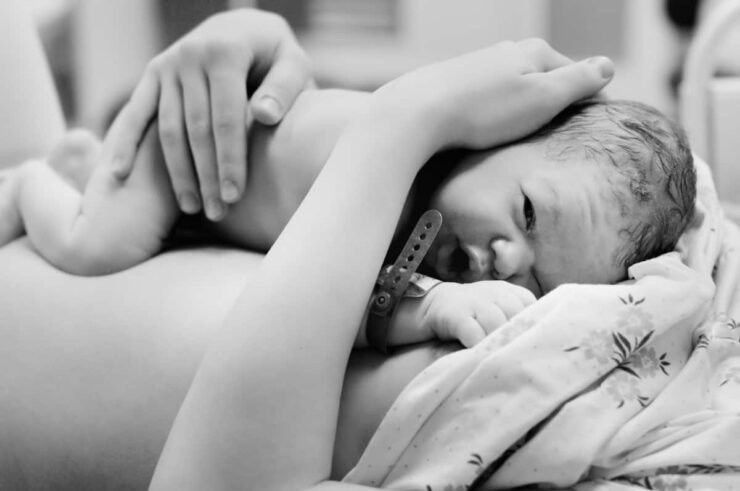
Almost half of all traumatic birth injuries can be avoided with proper precaution and care. If you or your child have been injured at the time of labor due to the negligence of the doctors, you may be eligible for compensation. Do not hesitate to get in touch with an experienced personal injury attorney today and learn more about how to file a claim.
Related Posts:
- 7 Last-Minute Baby Shower Gift Ideas You Should…
- 4 Strategies That Will Help You Win Your Medical…
- When Is It Safe to Take Your Newborn Outside? Expert…
- 5 Most Common Medical Malpractice Claims and How to…
- 20 Best Gaming Headset Under 50$ 2024 - for PC, PS4,…
- Identifying Tummy Troubles: How to Tell If Baby…







